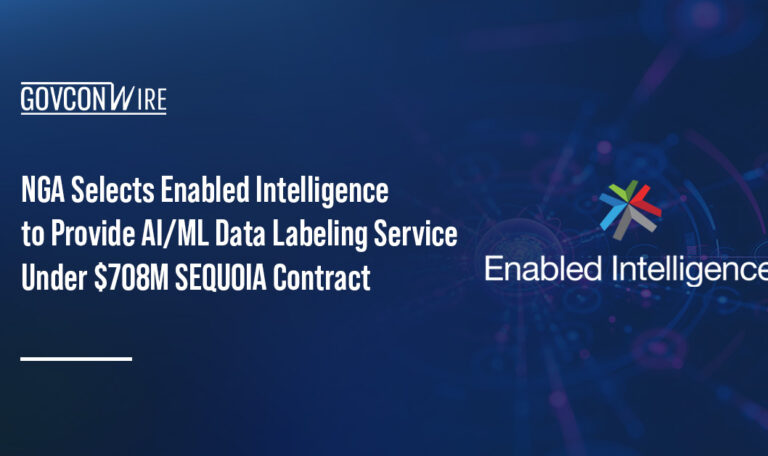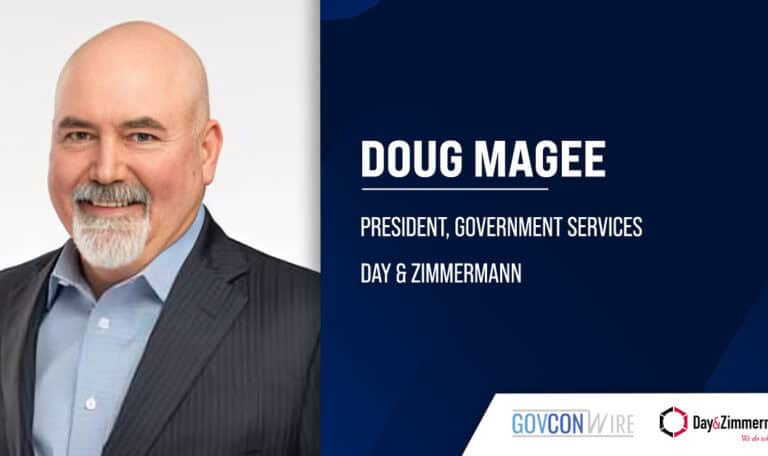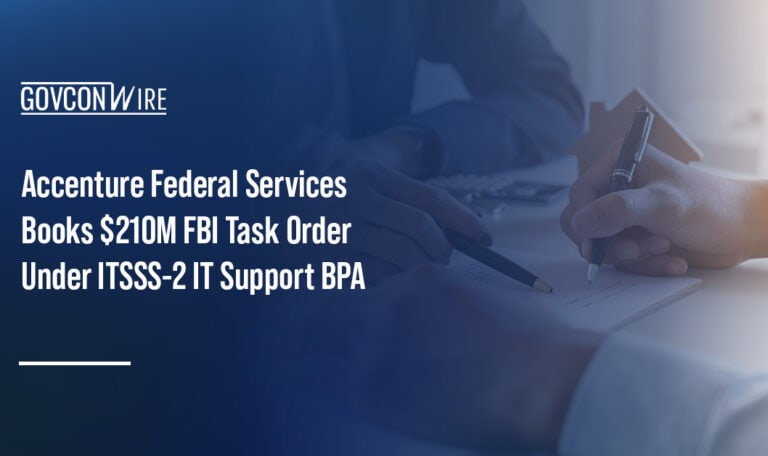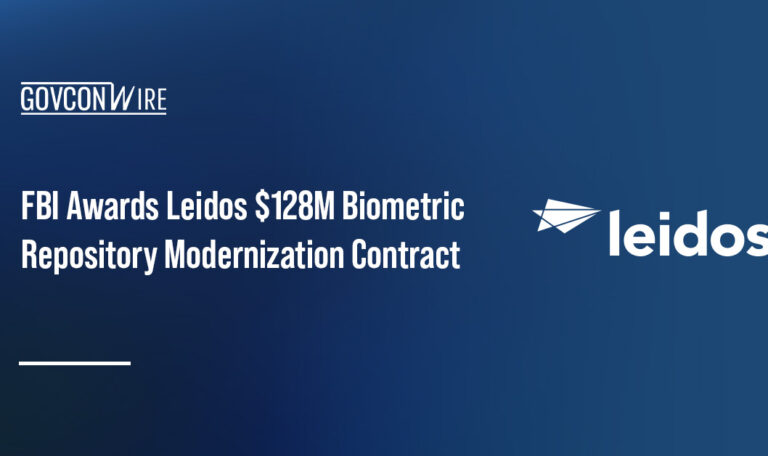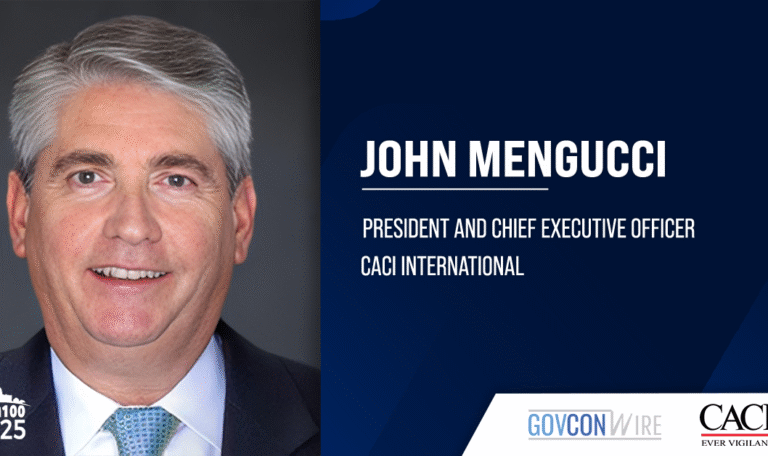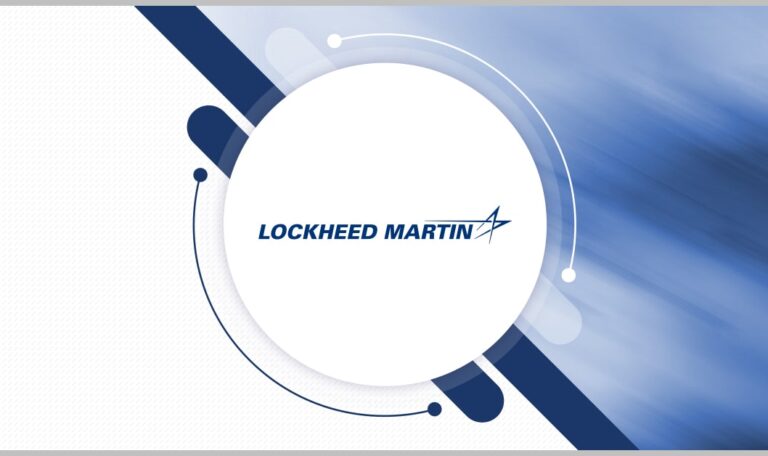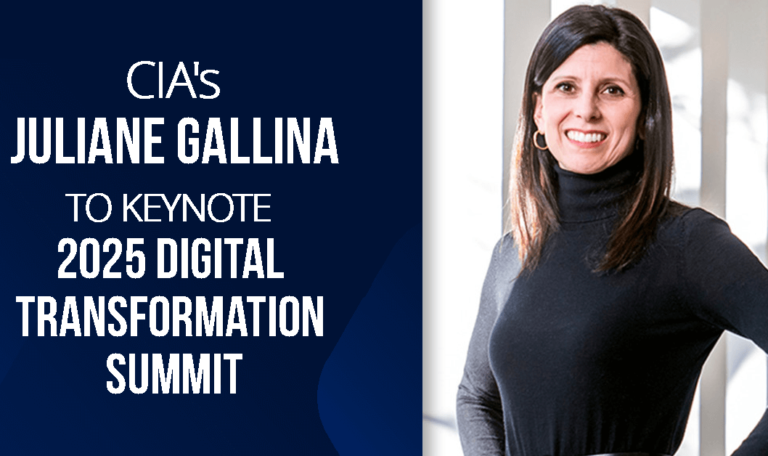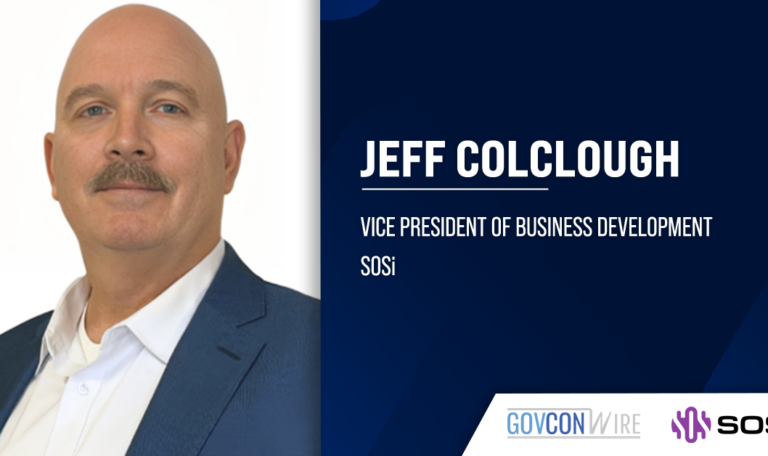This month, the National Geospatial-Intelligence Agency is gearing up to launch the largest data labeling request for proposals in the U.S. government, according to NGA Director VADM Frank Whitworth. The opportunity — worth over $700 million — will involve helping NGA train AI-powered computer vision models to identify objects and targets of interest from satellite imagery.
“NGA will engage with commercial counterparts to navigate the challenges posed by increasing levels of GEOINT data,” Whitworth said. The scope of the impending data labeling contract notably includes Maven, NGA’s flagship AI program.

Curious about this opportunity? You won’t want to miss the Potomac Officers Club’s 2024 Intel Summit, where three NGA decision makers — including Maven Deputy Director Capt. Herbert Thompson — are slated to share their insights with a GovCon executive audience. Join the 2024 Intel Summit on Sep. 19 to be a part of the conversation with Intelligence Community leaders and experts.
What Skyrocketing Data Means for AI
In recent years, NGA has seen a massive influx of geospatial intelligence — or GEOINT — data, due in part to the rapid rise of satellites on orbit. In many ways, more high-quality data means better, more accurate insights for the U.S. Intelligence Community.
Mark Munsell, NGA’s director of data and digital innovation, said at a recent INSA event that the agency is sitting on “an AI gold mine,” of visual and textual data, and it’s beginning to experiment with using that multi-modal data to train AI models.
Munsell said the agency is in the early days of “some really cool experiments” that involve merging visual data of Earth from space with “millions and millions of finely curated humans’ reports about what they see on those images.”
However, the sharp spike in data is also uncovering new challenges, especially for NGA’s Maven program.
“The number of detections are way up [and] the number of models that we have are way up, but that then drives a computational problem,” said Whitworth. “If you drive that many detections through that many inferences, with the same level of compute that you had in 2017… it starts to slow down. We are already seeing evidence of that.”
The Need for AI & Data Labeling in GEOINT
AI systems can help NGA sift through and analyze its troves of GEOINT data more rapidly, but first, the models must be properly trained to accurately identify military targets. According to Whitworth, that’s no easy task.
“There’s this issue of distinction, guaranteeing to the best of our ability … the distinction between a combatant and non-combatant, an enemy and non-enemy, and that’s hard, and I will tell you, based on my 35-plus years of experience, especially in targeting, that’s one of the hardest things we do in targeting,” said Whitworth.
In order to make those distinctions, AI computer vision systems rely on data labeling. Whitworth describes data labeling as a very specific process in which “the human actually identifies the object, and then, in a way that is understandable by the model, informs the model.”
Learn more about NGA’s AI efforts and the contract opportunities associated with them at the 2024 Intel Summit hosted by the Potomac Officers Club on Se. 19. Register for the Intel Summit today to save your seat.




